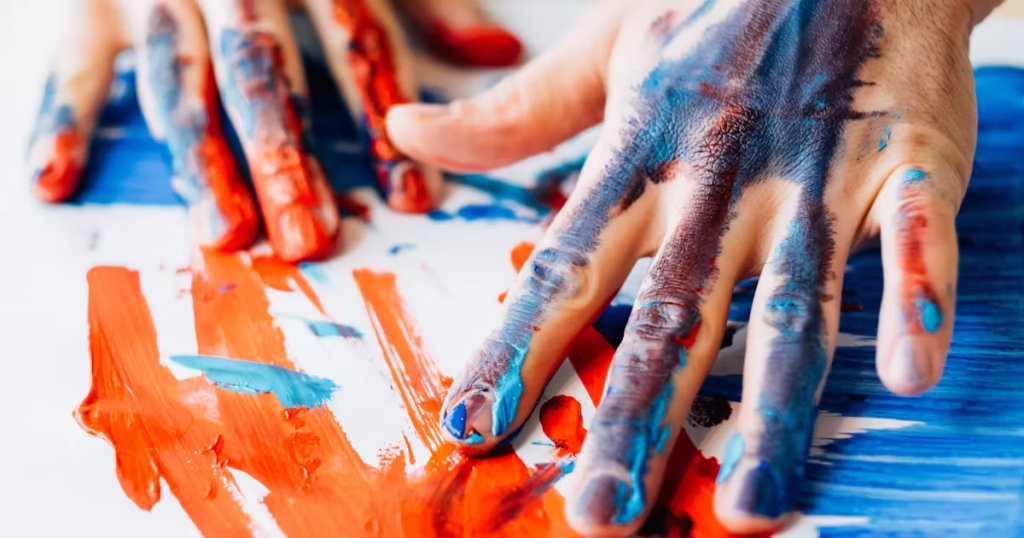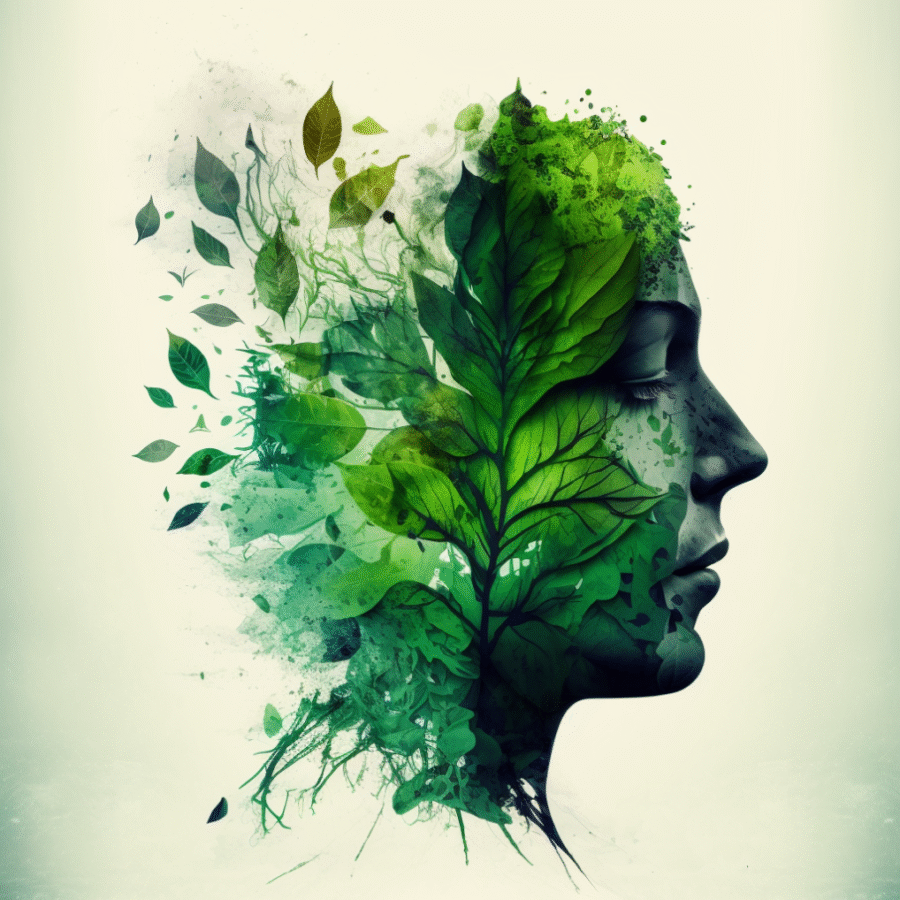The Silent Danger Behind Creative Passion
The world of art and creativity, often driven by intense passion, can paradoxically lead to significant health challenges for artists, performers, and creative professionals. The industry often normalizes overwork, underpayment, and the neglect of personal boundaries, a phenomenon described as “cruel optimism” where love for art leads to self-exploitation. Creatives face diverse challenges, including financial insecurity, pressure to remain relevant, perfectionism, and fear of rejection, all amplified by their artistic path. Imposter syndrome, a feeling of inadequacy despite success, is also widespread.
Given these pressures, self-care is not a luxury but a fundamental necessity for a sustainable and fulfilling artistic practice. It builds resilience against inherent pressures and uncertainties, involving moments of calm, grounding, and balance, and caring for one’s body, mind, community, and the planet. Neglecting self-care can lead to serious consequences like burnout. This self-exploitation is not solely an individual’s responsibility but a systemic problem requiring both individual strategies and collective support. Recognizing these difficulties as part of a larger industry issue can foster self-compassion and encourage seeking community support.
The many challenges in the creative field, financial instability, rejection, perfectionism, and isolation, contribute to mental health problems like anxiety and depression. Chronic financial insecurity, for example, leads to chronic stress, impairing mental health and creative performance. Addressing one challenge can positively affect all areas of well-being and creative work, underscoring the need for a holistic approach to artists’ health.

Why Artists Are Particularly Vulnerable – And How They Can Protect Themselves
The notion of the “mad genius” linking creativity with mental illness is deeply ingrained in popular culture, reinforced by historical examples like Vincent van Gogh and Sylvia Plath. Research suggests creatives, particularly writers and visual artists, have higher rates of mood disorders like bipolar disorder, depression, anxiety, and substance abuse compared to other professions.
A theory contributing to this vulnerability is “weakened filter function” or latent inhibition, where the brain’s ability to filter irrelevant stimuli is less sharp. While this leads to broader information intake and unconventional thinking crucial for creativity, it can also cause sensory and cognitive overload, potentially predisposing individuals to mental illnesses, including psychoses. Perfectionism, self-doubt, and fear of rejection are also debilitating problems for artists. Perfectionism can cause chronic dissatisfaction and paralyzing stress, while fear of rejection can impair artistic growth and well-being. Imposter syndrome further increases self-doubt. Performing artists face constant pressure from castings and evaluations, leading to emotional exhaustion.
Neurobiology of Creativity and Stress
Creativity arises from the complex interplay of various neural networks, including the visual system, limbic system, and executive functions. It’s an “emergent function” involving dynamic brain changes, neural excitation and inhibition balance, and hormone system influence. The Default Mode Network (DMN), active during daydreaming and mind-wandering, is crucial for idea generation and divergent thinking.
Acute stress impairs creative thinking, especially idea generation, while chronic stress, characterized by high cortisol and adrenaline, inhibits profound, complex creativity. Prolonged stress can also decrease immune function and emotional stability, and impair the prefrontal cortex, limiting mental flexibility, attention, and short-term memory. Stress disrupts the balance between the DMN and the Task Positive Network (TPN), leading to rumination and anxiety or mental exhaustion and burnout. Cortisol dynamically reconfigures these neural networks, directly affecting creative flow.
Burnout Prevention: Warning Signs and Protective Mechanisms
It’s crucial for artists to recognize early warning signs of creative burnout: persistent procrastination and avoidance of creative tasks, difficulty completing basic work, constant unexplained exhaustion, increased irritability, unhealthy social comparisons, unbalanced media consumption, dread towards work, and harmful coping strategies. Burnout in the creative field manifests as a profound loss of inspiration, passion, and joy, leading to emotional detachment from one’s work. Prevention is key, with proactive concepts including metacognition, mindful productivity, and structured distraction.
Resilience, the “soul’s resilience,” is the ability to not only withstand but emerge stronger from life’s challenges. For artists, this means developing coping mechanisms for constant pressure, frequent rejection, and financial uncertainty. Mental strength and resilience are trainable skills, and creative methods can be integrated into resilience training. Key pillars of resilience building include a solution-oriented mindset, acceptance, self-care, strong social networks, flexibility, and strengthening self-efficacy. The neurological trait of latent inhibition, while fostering innovation, can also lead to overstimulation. Techniques like mindfulness, structured breaks, and mental detox help manage this and transform it into a strength. Burnout symptoms directly attack the creative process, as chronic stress affects brain regions crucial for idea generation. Therefore, burnout prevention is a protective measure for creative performance.
Consuming art is an often-overlooked aspect of self-care, as it can regulate emotions, provide meaning, and strengthen resilience, reminding artists to be both creators and recipients of art.
Methods for Mental, Physical, and Emotional Self-Care
Stress Management for Artists
Stress hormones like cortisol and adrenaline inhibit complex creativity and impair cognitive functions. Effective stress management reduces these physiological responses, allowing creative networks like the DMN to function optimally.
Breathing Techniques: Deep, conscious breathing activates the parasympathetic nervous system, shifting the brain to a relaxed, creative mode.
Journaling: Writing about thoughts and feelings releases emotions, reduces anxiety, improves clarity, and can foster gratitude.
Mental Detox: Consciously limiting screen time, digital detoxes, curating media consumption, and dedicating time to mindful activities help eliminate mental clutter from information overload.
Healthy Routines as a Foundation
Sleep Rhythm: REM sleep is crucial for creative problem-solving and idea generation, with studies showing a 40% improvement in creativity after REM sleep. Consistent sleep hygiene is paramount, including a regular schedule, conducive environment, avoiding screens before bed, limiting stimulants, and regular physical activity. Strategic short naps can boost creativity by utilizing the hypnagogic state.
Nutrition: A balanced, nutrient-rich diet supports cognitive function and mental performance.
- Omega-3 Fatty Acids: Found in fatty fish, flaxseeds, chia seeds, walnuts, and avocado.
- Antioxidants (Vitamin C & E): Found in berries, nuts, dark chocolate, green tea, and leafy greens.
- Proteins and Amino Acids: Found in fish, eggs, legumes, dairy, soy, seitan, and tofu.
- Complex Carbohydrates: Found in whole grains, quinoa, brown rice, starchy vegetables, and fruits.
- Hydration: Dehydration impairs cognitive function.
- Minerals (Iron, Zinc, Magnesium): Essential for brain performance, learning, and fine motor skills.
Forms of Movement: Physical activity is a powerful stress antidote, releasing endorphins and promoting neurogenesis.
- Yoga: Improves flexibility, calms the mind, and promotes creativity.
- Dance: Fosters flow states and emotional expression.
- Mindful Walking: Calms the mind and boosts energy.

Mental Self-Care
Cognitive Restructuring: Identifying and questioning negative thoughts and using positive affirmations.
Self-Compassion: Recognizing suffering as a universal human experience and responding with kindness.
Visualization Techniques: Mentally rehearsing success builds confidence and reduces anxiety.
Meditation and Mindfulness: Improve emotional regulation and focus.
Shadow Work: Confronting hidden aspects of the psyche to unlock deeper authenticity and creativity.
Emotional Stability & Self-Worth: How Artists Build Psychological Resilience
Psychological resilience is a trainable skill. Its core components include a solution-orientation, acceptance, self-care, strong social networks, flexibility, and self-efficacy. Artists must manage performance pressure, fear of rejection, and criticism. Reframing mistakes as learning opportunities is crucial for self-confidence. Developing techniques for coping with intense emotions is relevant for performers. Art itself can be a therapeutic tool for processing emotions. Cultivating self-compassion is important, especially in difficult situations. “Micro-interventions,” short, consistent, conscious breaks, are highly effective for stress management and maintaining creative energy, making self-care more accessible.
Tools, Rituals & Routines from Practice
Self-Management Tools
Digital tools can support well-being and productivity for creatives.
- Insight Timer: Free meditation app for stress, anxiety, creativity, and sleep.
- Notion: Productivity tool for task management, content calendars, and journaling.
- Daylio: Mood journal to track emotions, set goals, and build habits.
Daily Structure for Creatives
Many successful creatives benefit from consistent routines. The goal is a routine that supports, rather than stifles, creativity.
- Consistent Sleep and Wake Times
- Fixed Meal Times & Hydration
- Regular Breaks
- Prioritizing High-Concentration Tasks
- Integration of Learning/Skill Development
- Mindful Self-Care
- Planning for the Unexpected
Artistic Discipline vs. Creative Freedom: How to Create Balance
The tension between artistic discipline and creative freedom can be harmoniously integrated.
- Structured Freedom: Frameworks that allow spontaneity.
- Process-Oriented Approach: Reduces perfectionism.
- Embrace Mistakes: Encourages risk-taking.
- Mindful Breaks: Prevent mental fatigue.
- Diverse Creative Activities: Stimulate ideas and reduce blocks.

Social Support: Importance of Community, Artistic Networks, Coaching
While art can be solitary, strong support systems are crucial for mental health and creative vitality.
- Community and Networks: Reduce isolation and foster inclusion.
- Living Museum: Safe spaces for mental health and creative expression.
- Yureka Network and Kultips: Connect artists and promote mental health awareness.
- Coaching: Professional support for stress, burnout, and self-doubt management.
Creativity Needs Health, Not Exhaustion
The creative journey is enriching but comes with unique challenges. Deep passion, while a strength, can lead to self-exploitation and increased risk of burnout, stress, and emotional exhaustion. Artists are vulnerable due to neurological predispositions and career uncertainties. Recognizing vulnerabilities is the first step toward empowerment. Health is the foundation for sustainable creativity. By understanding neurobiology, recognizing burnout signs, and building resilience, artists can strengthen their inner fortitude. Integrating mental, physical, and emotional self-care practices, along with using modern self-management tools, is essential. Balancing artistic discipline and creative freedom through “structured freedom” and valuing the process is key. Finally, social support is invaluable for overcoming isolation and building psychological resilience. Creativity is not an infinite resource to be exploited but a delicate ecosystem requiring care, protection, and conscious self-care. By prioritizing health as part of their artistic practice, artists can avoid burnout, sustain creative energy, and lead authentic, fulfilling lives where art and health go hand in hand.









